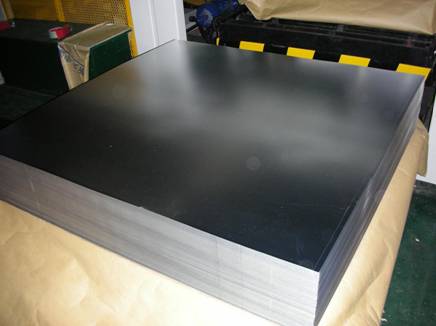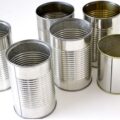Varnishes play a crucial role in the protection and decoration of metal cans. Here are some recommendations for different purposes:
- Interior varnishes:
- To protect the contents of the can from corrosion and maintain the quality of the product, it is essential to apply a suitable interior varnish. Depending on the nature of the packaged product, you can opt for epoxy, acrylic or polyester varnishes.
- If the contents are aggressive, such as tomato concentrate, it is necessary to apply thicker layers of varnish (8-12 μm) to avoid interaction between the can and its contents. For less aggressive products, such as apricots or beans, a thickness of 4-6 μm may be sufficient.
- Exterior varnishes:
- Pigmented varnishes are used to decorate and protect the outer surface of the can. For example, “couché white” coatings contain titanium oxide to give a white color and are applied in thick layers of more than 10 microns.
- If white is not used in the decoration, a colorless varnish called “sisa” or “enganche” can be applied as an initial base.
- External protection varnishes:
- To ensure good presentation and to protect the cans from abrasion and external corrosion, external protective coatings are applied. These varnishes improve the strength and durability of the can.
Some trends in metal can coatings include: - Special coatings for aluminum cans: These coatings are specifically designed to improve the protection and performance of aluminum cans.
- Low migration coatings: These varnishes are formulated to reduce the migration of chemicals from the coating to the packaged food, ensuring food safety.
Always remember to choose coatings that comply with the food safety regulations and standards applicable in your region.














0 Comments